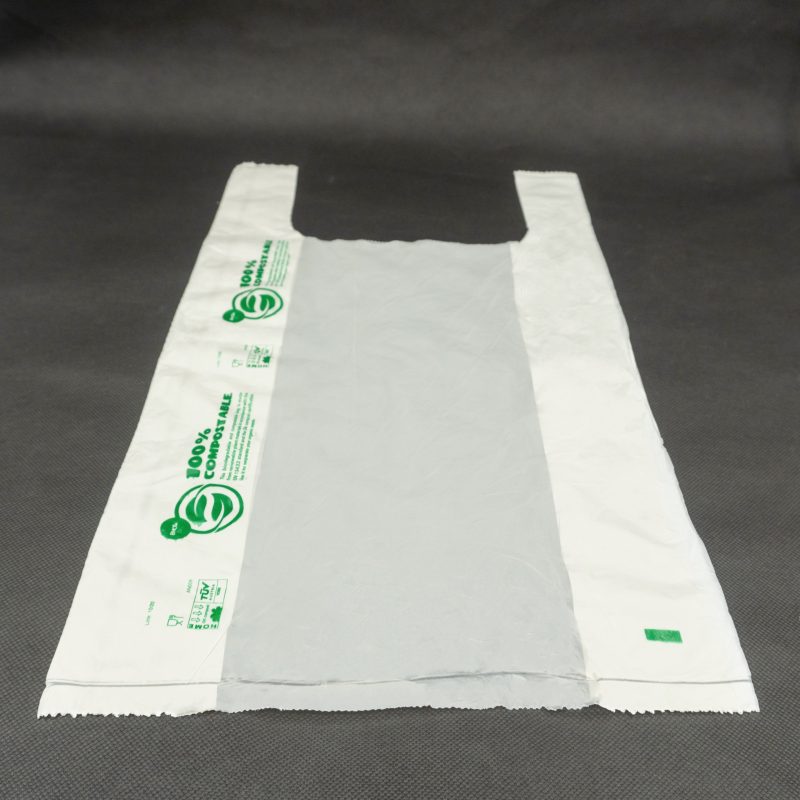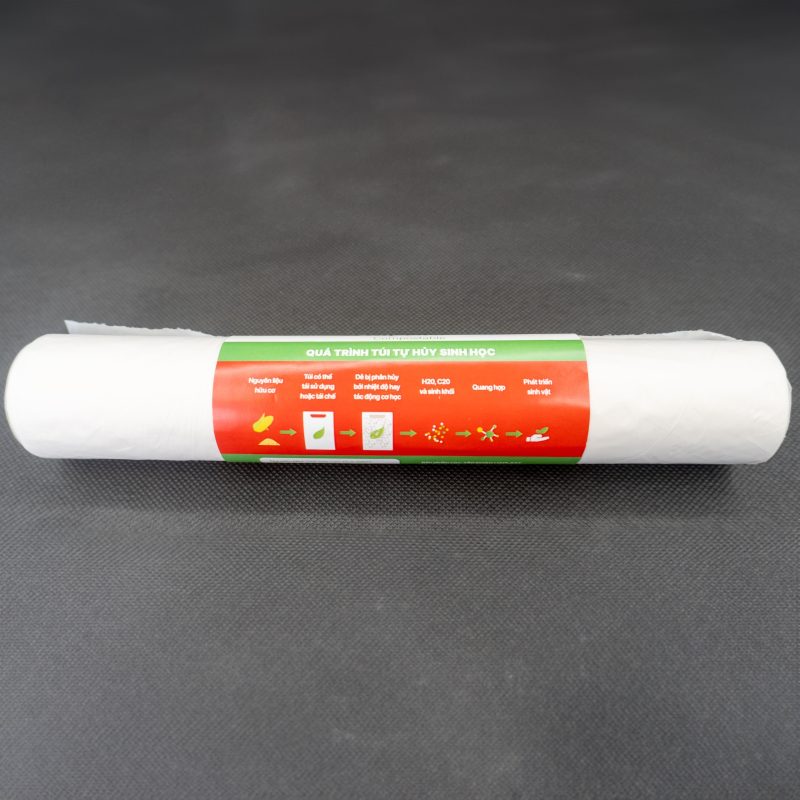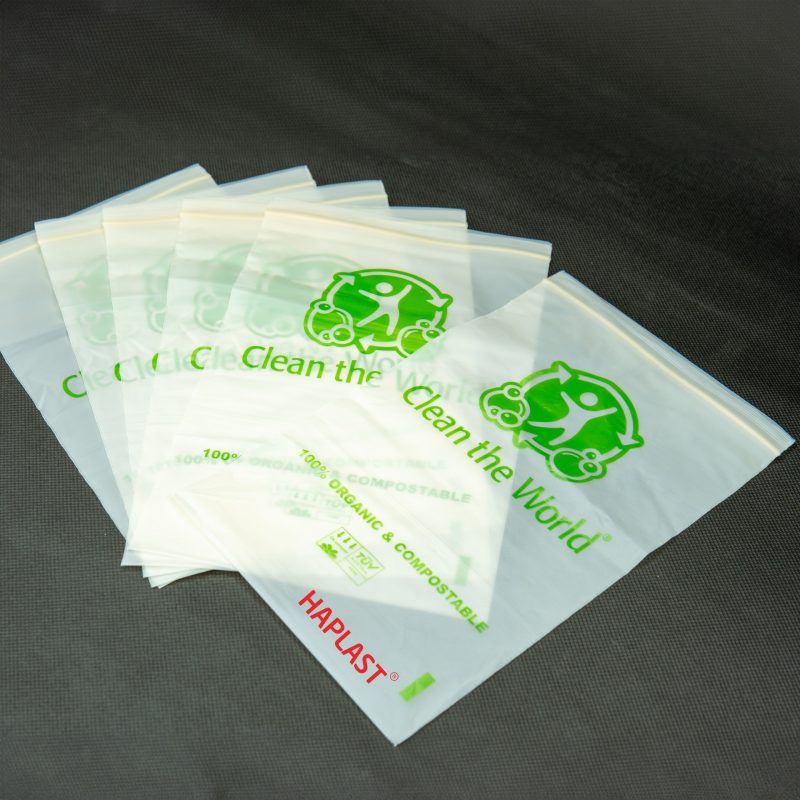Choosing the right eco-friendly packaging for your business is an important decision, as it not only reduces your environmental impact but also communicates your commitment to sustainability to your customers. Here are some steps to help you make an informed choice:
15 Steps to choose right eco-friendly packaging solution for your business
- Understand Your Brand and Values:
Start by defining your brand’s values and mission related to sustainability. What message do you want to convey to your customers about your commitment to the environment?
- Research Eco-Friendly Materials:
Familiarize yourself with different eco-friendly packaging materials. Common options include recycled paper, cardboard, biodegradable plastics, cornstarch, and reusable options like cloth bags.
- Consider the Product:
The type of product you are packaging will impact your choice. Fragile items may require more protective packaging, while non-fragile items might use simpler solutions.
- Evaluate Environmental Impact:
Consider the environmental impact of different materials, including their production, transportation, and disposal. Look for materials with a lower carbon footprint.
- Assess Cost:
Eco-friendly packaging can sometimes be more expensive than traditional options. Evaluate your budget and weigh the long-term benefits, including potential savings from improved customer perception and loyalty.
- Explore Renewable and Recycled Materials:
Prioritize materials made from renewable resources and recycled content. Look for certifications like FSC (Forest Stewardship Council) for sustainable wood sourcing.
- Check for Certifications:
Seek packaging materials with certifications like Cradle to Cradle, Fair Trade, or compostability certifications to ensure their sustainability.
- Minimize Excess Packaging:
Avoid over-packaging, which can waste materials and increase your environmental footprint. Find the right balance between protecting your products and using minimal materials.
- Consider Reusability:
If possible, design packaging that can be reused by customers. Reusable packaging not only reduces waste but also promotes your brand each time it’s used.
- Communicate Your Efforts:
Make sure to clearly communicate your eco-friendly packaging choices to your customers. Use labels and marketing materials to highlight your commitment to sustainability.
- Get Feedback:
Gather feedback from customers to ensure that your packaging aligns with their preferences and values. Make adjustments as necessary.
- Comply with Regulations:
Be aware of local and international regulations regarding eco-friendly packaging and ensure that your chosen materials and processes meet these standards.
- Test and Iterate:
Before committing to a large-scale change, test different packaging options to assess their functionality, durability, and customer satisfaction.
- Work with Suppliers:
Collaborate with suppliers who share your sustainability goals and can provide you with eco-friendly materials and packaging solutions.
- Educate Your Team:
Ensure that your employees understand the importance of eco-friendly packaging and how to use it effectively. Training can help minimize errors and maximize sustainability benefits.
By following these steps, you can choose the right eco-friendly packaging that aligns with your brand values, meets customer expectations, and contributes to a more sustainable business model.





